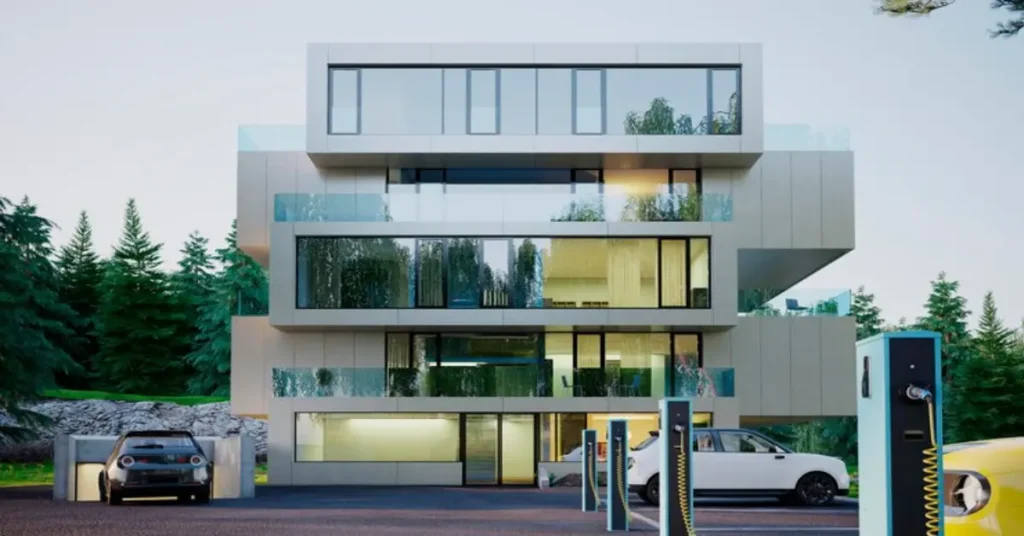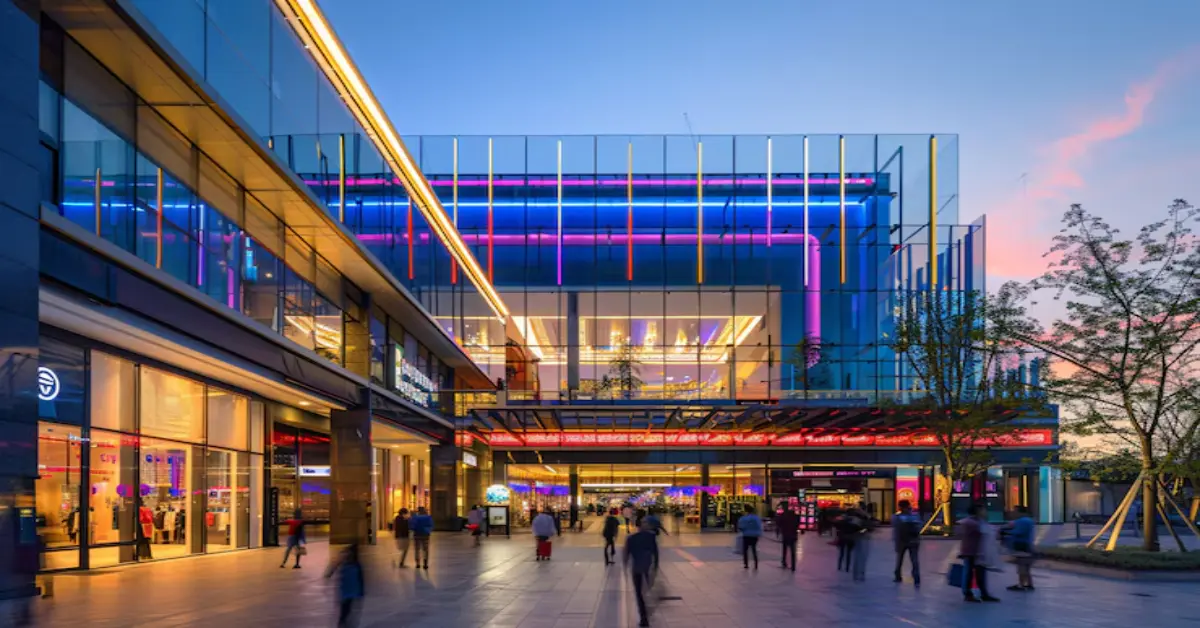Architectural Services for Residential vs. Commercial Projects: What’s the Difference?
Are you building a home or a business space? Choosing the right architect is crucial. However, residential and commercial projects are not the same. They have different designs, rules, costs, and levels of client involvement.
This guide breaks down the main differences between residential and commercial architectural services. Let’s dive in!
Key Differences Between Residential and Commercial Architecture
Architectural services change based on the type of project. Here’s a look at what makes residential and commercial architecture different.
Purpose and Function: Home vs. Business
Residential Architecture: Focused on Comfort
Residential architecture creates spaces that feel like home. Think of cozy living rooms, open kitchens, and relaxing bedrooms. The main goal is comfort, style, and functionality.
Key Features:
- Custom Designs: Everything is personalized to match the homeowner’s taste.
- Comfort-Focused: Designs include good lighting, private spaces, and practical layouts.
- Smaller Scale: Usually includes homes, townhouses, or small apartment buildings.
- Smaller Scale: Usually includes homes, townhouses, or small apartment buildings.
Commercial Architecture: Built for Business
Commercial architecture supports business needs. It could be an office, store, or restaurant. The goal is to create a space that works well for staff and customers.
Key Features:
- Efficient Layouts: Designed to improve business flow and operations.
- Strict Rules: Must meet safety and building standards.
- Brand Focus: Spaces often reflect the company’s image.
Design and Scale: Simple vs. Large and Complex
Residential Projects: Cozy and Custom
Residential projects are smaller but full of personal touches. Architects work closely with homeowners to create unique designs, and homeowners are involved in every step.
Design Focus:
- Personal Touches: Designs reflect the family’s lifestyle.
- Client Involvement: Homeowners make decisions about layouts and finishes.
- Basic Systems: Typically includes plumbing, electrical, and heating.
Commercial Projects: Large and Detailed
Commercial projects are bigger and require more planning. Architects consider how the space will be used, such as managing customer flow in stores. Advanced systems, such as elevators and high-capacity HVAC, are often required.
Design Focus:
- Multi-Use Designs: Spaces often combine different functions, like retail and office.
- Complex Systems: Includes escalators, security, and advanced HVAC.
- Team Effort: Architects, engineers, and builders work closely together.

Rules and Regulations: Basic vs. Strict
Residential Architecture: Basic Codes
Residential projects follow local building codes and safety standards. These rules ensure that homes are safe and energy-efficient. They are simpler than commercial regulations but still important.
Key Regulations:
- Zoning Laws: Rules about what you can build and where.
- Safety Standards: Includes fire alarms and structural checks.
- Eco-Friendly Codes: Focus on energy-saving materials and designs.
Commercial Architecture: Strict Compliance
Commercial projects face stricter rules. They must meet standards for safety, accessibility, and fire protection. Following these rules is essential to avoid delays or fines.
Key Regulations:
- Building and Fire Codes: Ensure safety with proper exits and fire systems.
- Accessibility Laws: Includes ramps, elevators, and accessible restrooms.
- Permits Required: Many permits and inspections are needed.
Costs: Personal Budgets vs. Business Investments
Residential Projects: Manageable Costs
Residential projects aim to balance beautiful designs with your budget. Homeowners can control costs by choosing different materials, styles, and finishes that fit their budget.
Cost Drivers:
- Customization: Unique designs and finishes can increase costs.
- Small Teams: Fewer workers help keep costs down.
- Flexible Scope: Home projects can be scaled to fit the budget.
Commercial Projects: High Stakes, Big Budgets
Due to their size and complexity, commercial projects need larger budgets. Businesses often see these costs as investments that will pay off in the long run.
Cost Drivers:
- Advanced Systems: Includes commercial-grade HVAC, lighting, and security.
- Permits and Compliance: Meeting rules adds time and costs.
- Durable Materials: Commercial buildings need strong materials that last.
Decision-Making: Personal vs. Team Input
Residential Projects: Homeowner’s Choice
Homeowners are involved in every decision. They work directly with architects on design, materials, and finishes, ensuring that the final home reflects their personal style.
Decision-Making:
- Direct Input: Homeowners decide on all major aspects.
- Personal Touch: Designs are highly personalized.
Commercial Projects: Many Stakeholders
Commercial projects involve input from many people. Architects work with business owners, investors, and sometimes customers. Balancing these needs is key.
Decision-Making:
- Team Collaboration: Decisions involve compromises.
- Project Coordination: Architects balance goals and regulations.
Final Thoughts: Picking the Right Architect
Understanding the differences between residential and commercial services helps you choose the right architect. Whether you’re building a home or a business, a good architect will guide you through the process and bring your vision to life.
- Phone: +92 3015161981
- Email: info@oddisodd.com
FAQS
What do architectural services include?
Architectural services typically include project planning, design, 3D modeling, drafting blueprints, obtaining building permits, and overseeing construction. These services cover everything from initial concepts to the final build, ensuring your project meets all design and regulatory standards.
How do I choose the right architect for my project?
Look for architects with experience in your type of project (residential or commercial), check their portfolio, read client reviews, and ensure they are licensed. Choosing someone who understands your vision and budget and can communicate clearly throughout the project is also important.
What should I expect during the first meeting with an architect?
During the first meeting, you’ll discuss your project ideas, budget, timeline, and any specific needs or preferences you have. The architect will provide insights into the design process, potential challenges, and next steps. This meeting helps both parties determine if they’re a good fit to work together.
What is the role of an architect during construction?
Architects oversee the construction phase to ensure the project is built according to the approved designs and specifications. They coordinate with contractors, handle design adjustments, and conduct site visits to ensure quality control and compliance with building codes.
How long does it take to complete an architectural design?
The timeline for completing an architectural design depends on the project’s scope and complexity. Simple residential designs might take a few weeks. In contrast, larger, more complex commercial projects can take several months to design, especially if permits and approvals are required.




Comments are closed